Why almost no one lives in the central part of Australia
Australia is the only country that occupies an entire continent, but most of it is undeveloped. 50% of the country’s population lives in large cities near the coast, which in total occupy 0.22% of the mainland area. 85% of the Australian population lives no further than 50 km from the ocean, and the central part of the country is practically uninhabited. There are a couple of myths and several real reasons that explain the desolate nature of these vast areas.
Myth 1: Central Australia is too “inhospitable” fauna

There is a popular belief that Australia is teeming with all sorts of unpleasant creatures that are best not to meet. As confirmation, they cite the fact that out of 25 species of poisonous snakes, 21 species live in Australia. And almost every first heard about giant spiders and aggressive kangaroos. It follows from this that people are in no hurry to go deep into the continent, because, as you know, “the farther into the forest, the more firewood.”
In fact, the danger of the Australian fauna is greatly exaggerated. According to statistics, the most dangerous animal in Australia by a wide margin is … a horse – it is almost three times more dangerous than all poisonous snakes and spiders combined. Yes, yes, because you can fall from a horse, and the rest of the living creatures most often prefer to avoid people.
Myth 2: Central Australia is a complete desert
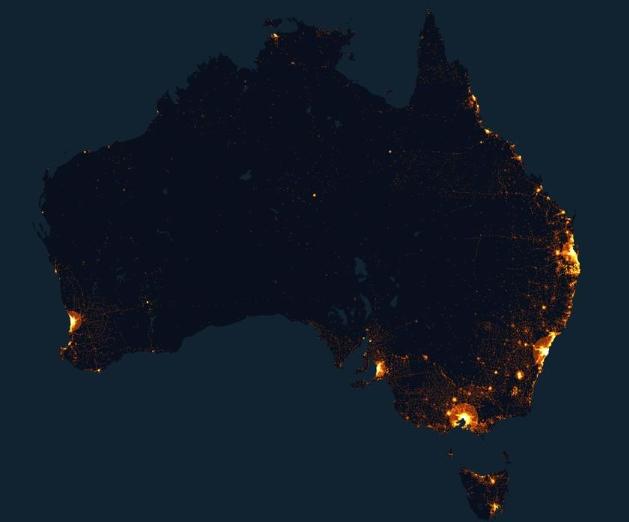
Sometimes the uninhabited central part of Australia is explained by the fact that it is one big desert where normal life is impossible. In general, even if this were so, it would be a weak explanation, because people have long learned to live in the desert and even build large cities there, such as Las Vegas, Phoenix or Tehran. But it’s not about the water. Strictly speaking, deserts are those areas of land where less than 250 mm of precipitation falls per year. There are about 20% of such territories in Australia, which is not so much: on average, deserts also occupy about 1/5 of the land around the world.
Quite a large part of Australia’s territories can be called arid, but they are far from deserts. And in general, there are no problems with water or soil in Australia. Australia’s renewable drinking water resources are estimated at 492 km³/year. This is about twice as much as in Pakistan, which has 8 times as many people.
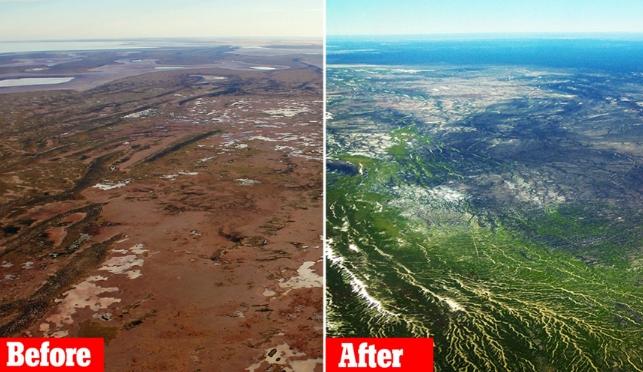
In terms of soil, 6% of Australia’s area is land suitable for growing crops. Do you think that this is not enough? No matter how. In terms of the ratio of arable land to population, Australia is in first place in the world: about 1.9 hectares per person, which is 3 times more than in Russia, and 4 times more than in the USA. In general, 6% of Australia is almost 2 times the size of the UK. But in the UK lives 2.6 times more people.
Problems of (not) migration
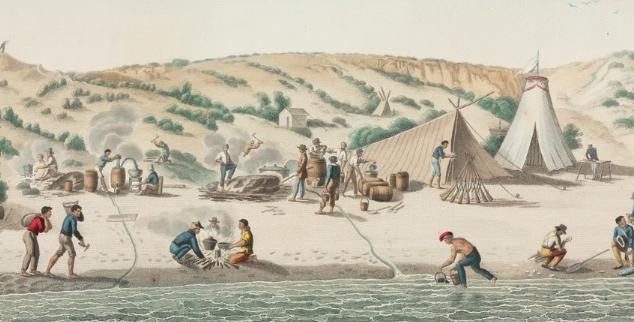
The main reason for the lack of cities in the central part of the mainland is the small number of inhabitants in the country as a whole and, accordingly, the low population density. Because of this, even coastal territories that are more comfortable for life are very poorly developed, which means that there is practically no point in going deep into the mainland. Of course, such a low population density turned out for a reason.
The Dutchman Willem Janszoon discovered Australia in 1606, but the first permanent European settlement did not appear in Australia until January 1788. By the way, more than 4 million people already lived in the United States at that time. The reason for this is a very long and difficult journey from Europe to Australia. The Suez Canal was opened only in November 1869, which made the journey easier, but it was still much cheaper and faster for potential emigrants from Europe to get to North America, and the prospects there were no worse.
We can say that the settlement of Australia did not work out from the very beginning. Later, after gaining independence in 1901, the local government at the legislative level very strongly restricted migration: Australia was declared a country exclusively for white Europeans, and preferably from the UK. These restrictions were finally lifted only in 1973.
Features of the economy
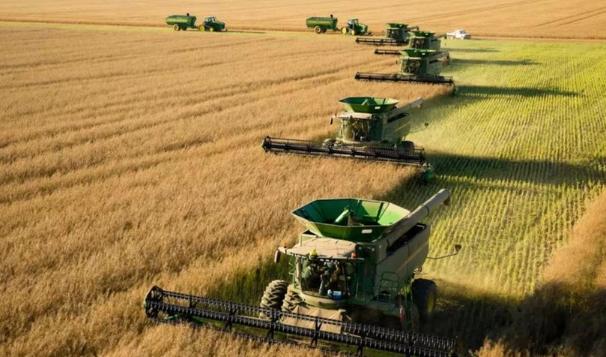
Another important reason why Australian coastal cities are growing and smaller cities inland are not is that Australia has always been a major exporter of primary resources such as coal, oil, gas and other minerals, as well as x products. The defining characteristic of primary resources in the 20th century was that they became capital intensive rather than labor intensive. Because of this, the need for labor (people) to produce them declined throughout the 20th century.
Since, due to the small population, the domestic market in Australia is rather small, the economy, as production grew, began to work mainly for export. As a result, the main economic activity began to be observed around large seaports.
International trade requires banking, capital markets, insurance, marketing, and legal services. Services have traditionally been labour-intensive, requiring more people to manage resource exports than to produce them. As a result, the population of Australia began to concentrate around large cities that already existed on the coast, instead of settling and moving deep into the continent.
Production is not going to leave the coast
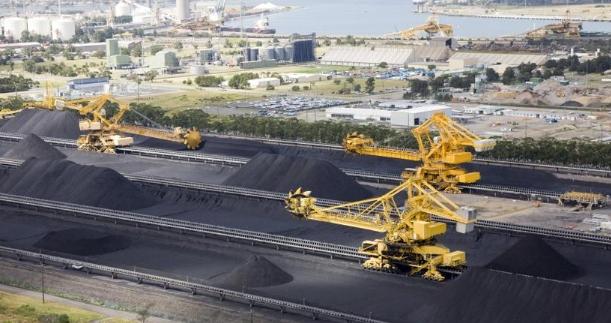
Coal deposits in Australia are located mainly in the Great Dividing Range, which is located near the east coast. Near towns such as Wollongong and Newcastle, seams of coal lie directly below the escarpment. Steel industries are trying to be located closer to coal deposits, as a result, in Australia they are all located on the coast.
The government could have taken the initiative and helped make business migration inland profitable, but this has not been done. Road infrastructure far from the coast is poorly developed, and there are no significant “discounts” or other bonuses when buying land far from the coast.

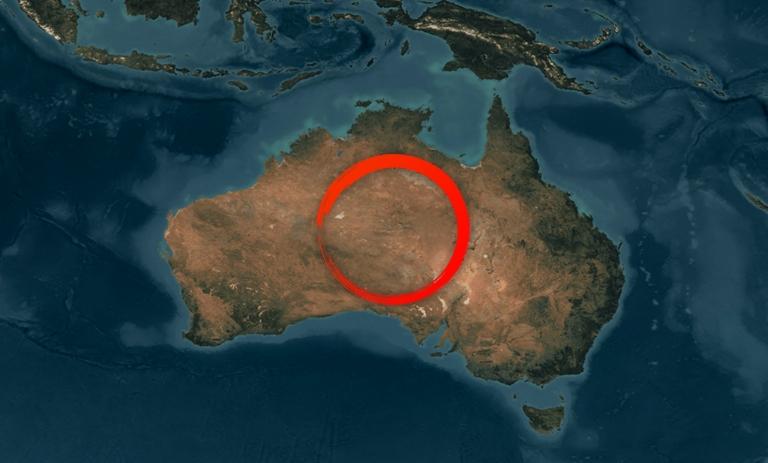
Recent Comments